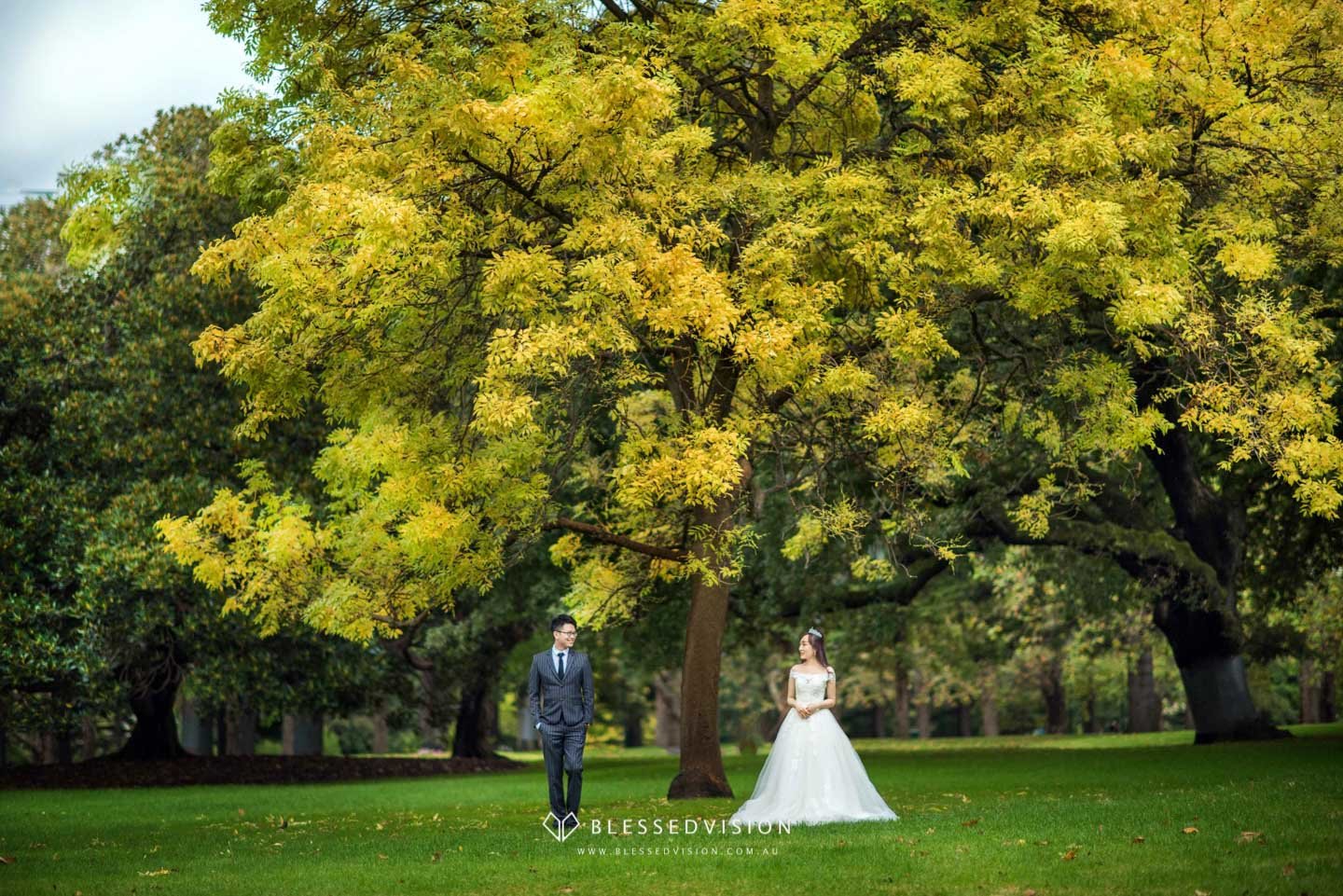Carlton Garden Melbourne Museum























Carlton Gardens
The Carlton Gardens are in two parts: an axial garden layout in the southern part of the site, and a northern garden that was landscaped after the close of the two great 19th-century exhibitions. Bounded by Victoria, Rathdowne, Carlton and Nicholson Streets at the edge of Melbourne’s city centre, the entire block was originally designated by the Victorian Parliament in 1878.
During the 1880 and 1888 international exhibitions, the southern portion of the garden became a pleasure garden with many attractions. The South Carlton Gardens, as it is now known, continues to be used for exhibition purposes. It largely remains as designed by William Sangster and Joseph Reed. The southern entrance to the building, on the city side, is the apex of the design. A level promenade was created along the front of the building, and a semi-circular space has as its centrepiece an ornate fountain. A ceremonial approach is provided by a 24-metre wide avenue, and two other paths form a radiating axis from the fountain. In 1888 another fountain, the Westgarth Fountain, was added.
Temporary exhibition annexes covered the northern portion of this site during the 1880 Melbourne International Exhibition. Hodgkinson designed this area to become a complementary landscape to the building, once the temporary pavilions were removed.
Parts of this North Garden, specifically the main east-west path and some trees, are remnants of the 1880 (and earlier 1855 La Trobe Bateman) layout. The North Garden was restored in line with Hodgkinson’s 1882 plan, following the demolition in 1889 of the Melbourne Centennial International Exhibition temporary annexes.
The aesthetic significance of the Carlton Gardens lies in its embodiment of the 19th-century Gardenesque style. This includes parterre (formal or symmetrically-placed) garden beds, significant avenues such as the southern carriage drive and Grand Allée, the path system, specimen and clusters of trees, two small lakes and three fountains. The formal, ornamental palace garden, which was the context for the Great Hall of the ‘Palace of Industry’, is substantially intact.
